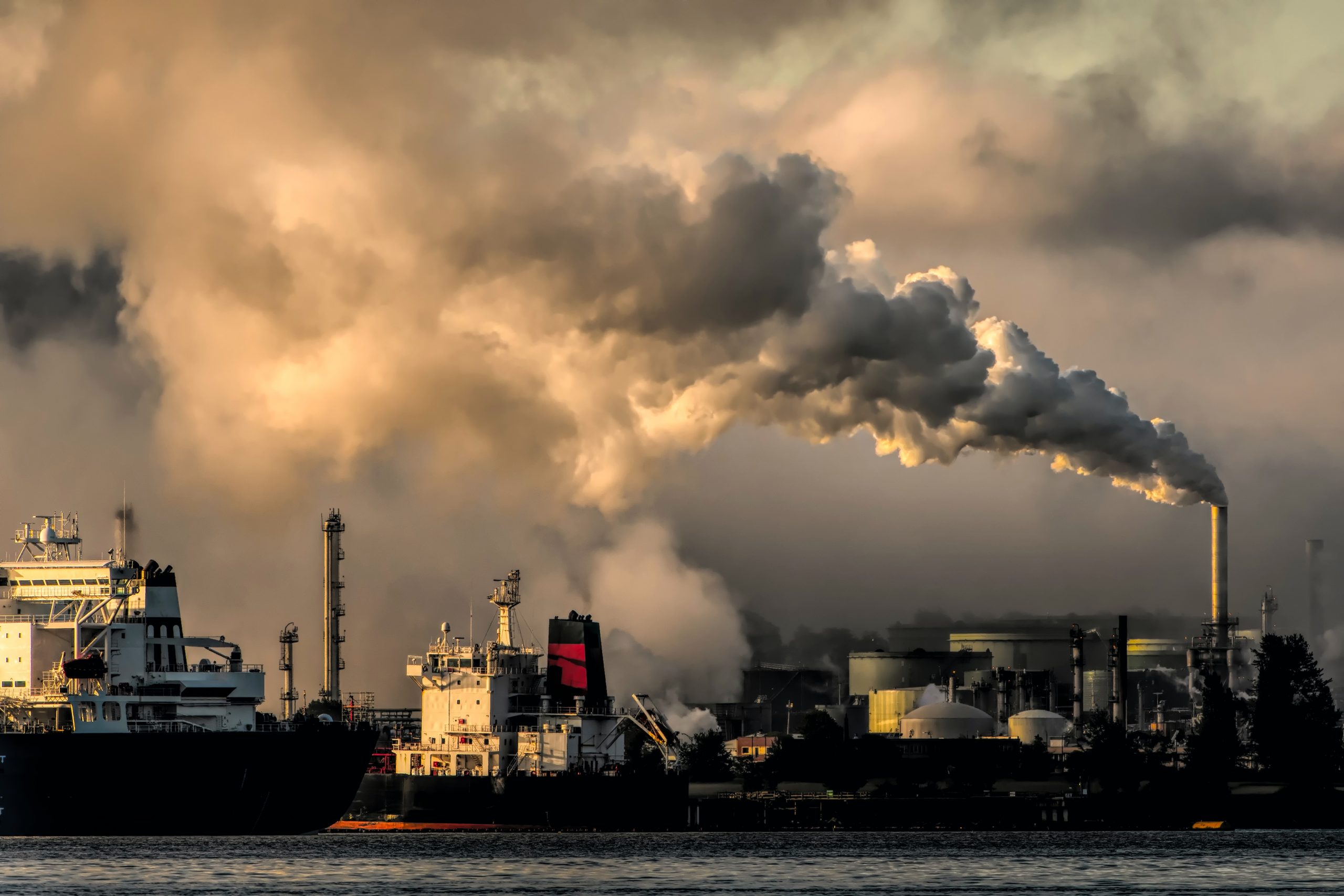Is it Possible to Achieve Zero Carbon Emissions Post-COVID?

Achieving zero global carbon emissions is a lofty goal – is it realistic? The following article discusses the strategies and barriers to achieving 100 percent carbon emissions – particularly during the COVID-19 crisis. Forest Founders is devoted to fostering carbon accountability, reducing global greenhouse gas emissions, and preserving and increasing the world’s forests – our best and most effective carbon sinks. To join our mission, please visit our signup page.
Can the U.S. – or, indeed, the world – achieve zero carbon emissions? The answer is complicated.
According to some analysts, it is, in fact, possible. Mark Jacobson, the director of Stanford University’s Atmosphere and Energy Program, is of the opinion that the objective of reaching 100 percent renewable energy in 139 countries by 2050 is actually feasible, with political and social objections being the only roadblocks.
Unfortunately, these are major roadblocks. Transitioning to entirely renewable energy in the U.S. has a $9.5 trillion entry fee that many find politically untenable, although with significantly lowered climate and health costs post-implementation, the $9.5 trillion would be more of an investment than an expense. Jacobson posits that transitioning from fossil fuel to wind, solar, and water energy sources has the potential of achieving a net growth of approximately 25 million jobs, and even reducing our energy use overall. This is at least partially because sourcing and extracting fossil fuels – petroleum, coal, and natural gas – requires considerable energy reserves, which will not be needed with far more efficient wind, solar, and water. Nevertheless, the political climate, created by strenuous objections by the powerful coal and oil industries, makes implementing renewable energy initiatives close to impossible.
However, because there is no national, let alone global, strategy for uniformly adopting renewable energy, many regions are creating their own climate reduction plans. These policies might lead to small environmental improvements, but wouldn’t result in noteworthy or long-term climate reversals.
Some environmental policy experts favor a carbon tax, which would force high emitters to pay for all of the pollutants they release into the atmosphere. Such a tax could significantly increase the cost of burning fossil fuels, resulting in a considerable rise in production expenses. This could, in theory, force industries to adopt clean alternatives to reduce their financial burden.
This solution, however, presents a problem of uneven pricing across economic segments. Lower-income households could pay a greater percentage of their income for energy than higher-income households. Moreover, workers in fossil-fuel-dependent industries and regions would endure a significant initial economic impact, making carbon tax policy difficult to navigate politically.
Ultimately, renewable energy objectives – local and state governments incentivizing businesses to obtain their energy needs from renewable, carbon-free sources – tend to be more widely embraced, but achieve slower, less dramatic results. Moreover, localities focus on the energy sector without taking significant measures against emissions from transportation.
But what about the environmental impact of COVID-19?
The lockdown mandated by local governments involved the halting of major and minor business practices and enforcing stay-at-home orders for citizens. This resulted in a significant reduction in human-sourced emissions. On the whole, a 25 percent reduction in carbon emissions and a 50 percent reduction of nitrogen oxide emissions were reported the month after the industrial lockdown. This could potentially have positive long-term effects on the climate crisis if we figure out how to maintain these reductions while gradually restoring economic activity, albeit using environmentally safer practices.
The environmental changes are being tracked by NASA monitoring instruments, most notably Ozone Monitoring Instruments (OMIs). While many of the changes being seen are emissions-related, there has also been a noteworthy positive change for wild animals in several U.S. localities – fewer are being killed in traffic collisions since the reduction of transportation activity. Additionally, reductions in noise pollution have had a positive impact on both human quality of life and the ability of wildlife to detect predators.
However, there have been significant drawbacks, too.
Lockdown has presented numerous economic challenges worldwide, both for local businesses that cannot serve local customers, and large businesses that depend upon the international importation and exportation of goods. The increased use of personal protective equipment (PPE) like masks has created tremendous increases in waste, because these products are largely disposed of carelessly.
It is imperative that we work to find an economic solution that does not simply go back to business-as-usual, but integrates a sound ecologically responsible plan for reopening. Failure to address the significant global economic devastation will not only be a massive human health crisis, but may lead to even greater climate devastation as people cope with increased poverty in environmentally destructive ways.
Though the new administration pledges to place a considerably greater focus on environmental issues than the previous, it is nonetheless largely up to the public to prioritize healthy environmental practices. This means shrinking our carbon footprint by committing to a reduction of energy consumption while offsetting our greenhouse gas output.
Forest Founders is committed to reversing climate change by preserving and enhancing natural carbon sinks – our global forests. Through persistent reforestation and conservation efforts, we can help absorb tons of CO2 from the atmosphere and effectively reduce the climate crisis impact.
For more information about Forest Founders’ initiatives, please visit our information page.